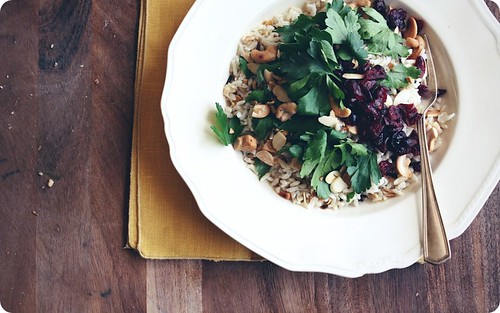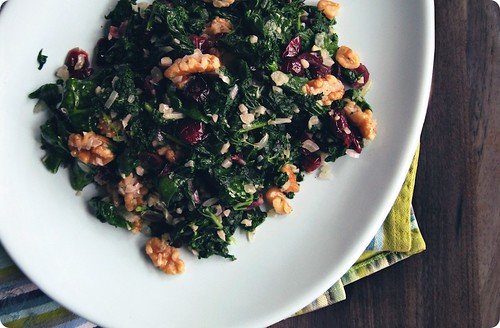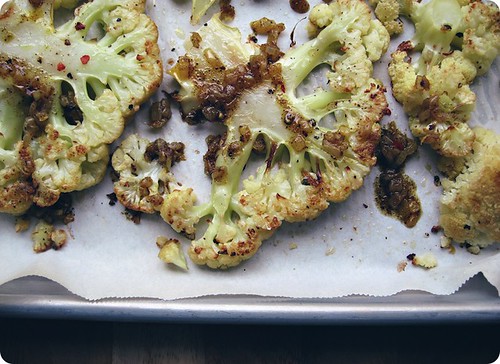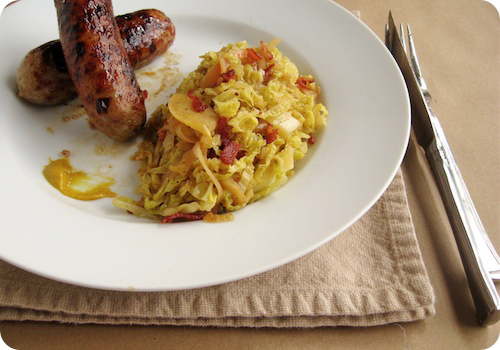Shades of sunbeam
 Thursday, March 25, 2010 at 9:17PM
Thursday, March 25, 2010 at 9:17PM It was Tuesday's dusk; the sun was on its way but hadn't quite left, and the night was at the door. That's when the rain arrived. Those last few glimmers of day hung in the wet air, and turned the raindrops to prisms and set our backyard aglow.
March rain is like the gentle hand of a parent on the shoulder of an eager child. It keeps us closer to home than we might like. It reminds us to please wait, only for a moment, to slow down and tread lightly as the world outside isn't ready just yet for our boisterous play.
Spring may be awake, but she still bears the imprint of her pillowcase upon her cheek. Soon she'll join us, in her finest dress in shades of sunbeam yellow.
In no time she will arrive, and our world will change. Spring is the most rambunctious of seasons, skipping across the landscape, with cascades of cherry blossoms tumbling from her hair and leaving trails of mossy green footprints.
In the blink of her eye, the Firsts of the season will be upon us. The first crocuses, drowsy headed and darling; the first evening walk when the breeze is mild and sweet; the first dinner eaten outdoors, preferably with strings of lights overhead.
And as we anticipate Spring's approach, we also mark the celebration of the Lasts of Winter. The last day to wear those woolen socks you loved in December but resent four months later; the last fire to crackle in the fireplace; the last of the Sunday roast suppers. Well maybe not the last, but at least the less frequent for those.
A habit of a meal for us, and for many; in our kitchen it is most usually the Zuni Café version, complete with the necessary bread salad.
It was during the stay of Mr. Winter that I ran into trouble, wanting rice not bread on a particular Sunday night. With that classic recipe as my inspiration, I served a brown rice salad rocky with almonds and tangy currants, with the spice of arugula there to light up everything. And while its bready predecessor has my lifelong devotion, I was pretty fond of how it turned out.
Now back to that night of that rain I mentioned to start. There was to be roast chicken for dinner. Without currants or arugula, I did have cranberries and parsley, and chose to build upon my previous improvisation. I included a pinch of ground coriander for good measure, bringing the subtle suggestion of grass and citrus beneath the direct flavours of clementine and fresh herbs. We were well fed.
In the end, the rain lasted the night, today we're again beneath its watery cloak, and tomorrow looks to be cold. But we have a date with warmer days penciled in our calendar.
It'll be soon enough, and we'll be ready.
Brown Rice for a March Evening
You'll note that there aren't quantities for many ingredients, and there is a reason for that. I treated our dish much like a salad, dressed with a deconstructed vinaigrette. But, you can easily consider this more like a pilaf, seasoning it instead with a subtle hand and omitting the vinegar, leaving the flavours more mellow and round.
You might think that there is a lot of parsley, and it is. It is an ingredient here, not a garnish or an accent. I like the effect of the whole leaves for their juicy crunch, but chop them roughly if you prefer.
Ingredients
1 tablespoon unsalted butter
1/4 minced shallot
1 clove garlic, minced
A good pinch of ground coriander seed
1 cup brown rice, rinsed
1/2 cup raw nuts, I like a mixture of flaked almonds and whole cashews
1/4 cup dried currants or 1/3 cup dried sweetened cranberries
One clementine
Champagne vinegar, optional
Extra virgin olive oil
1/2-3/4 cup parsley leaves
Salt and freshly-ground black pepper to taste
In a medium, heavy-bottomed saucepan over medium heat, melt the butter. Add the shallots and cook, stirring, until soft but without colour, around 3 minutes. Add the garlic, season with salt and ground coriander, and cook for 30 seconds more.
Add the rice, stirring to coat each grain with the butter. Toast for around 30 seconds, then add water and cook according to your rice's package instructions.
Meanwhile, toast the mixed nuts in a dry pan over medium heat, tossing often. When well-toasted and bronzed in places, remove from the pan to a bowl to cool. Set aside.
When the rice is done, pour into a serving bowl and fluff with a fork. Add the dried fruit to the bowl and grate over some of the zest from the clementine (do this when the rice is still quite hot, the heat of the rice plump the fruit and will diffuse the oils from the rind). Squeeze over some of the juice from the clementine, a splash of Champagne vinegar, if using, and a drizzle of olive oil. Fork through again. Season with salt and freshly-ground black pepper to taste.
Can be served immediately, warm or at room temperature. Stir in most of the nuts and parsley right before serving, saving some for garnish.
Serves 4.
Notes:
• I think this is especially good with a brown and wild rice blend; the wild rice adds an extra chewiness I like.
• Heidi has a wild rice salad that is served with goat's cheese, an idea I'll be borrowing in the future.


























